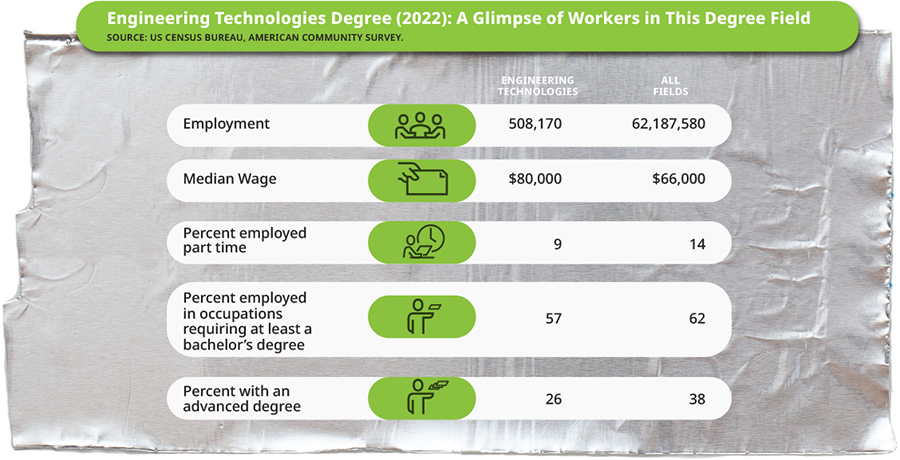May 2014
PE REPORT
Nuclear Engineering Graduation Rates Tick Up
The number of nuclear engineering bachelor’s and master’s degrees awarded in 2013 reached its highest total since 1980, according to a recent Oak Ridge Institute for Science and Education report, but enrollments are declining.
In 2013, the number of bachelor’s degrees awarded was 7% higher than in 2012, with 655 degrees earned by students, and 25% higher than in 2011. The number of master’s degrees awarded in 2013 rose by 9% (362 degrees) over 2012 and 31% higher than 2011. The number of doctorate recipients last year increased by 23.5% (147 degrees) over 2012 and by 30% more than 2011.
“The nuclear renaissance is alive and well, but the challenge is making sure we have an adequate supply of nuclear engineering jobs for the graduates,” says Eric Abelquist, Oak Ridge Associated Universities executive vice president. “Slow economic recovery following the Great Recession in 2009 has dampened electricity demand and low natural gas prices make it a safer bet for utilities to build gas-powered units. Nuclear engineering graduates must be patient and persistent. The jobs will come, albeit more slowly than the nuclear industry had hoped.”
The universities that produced the highest number of nuclear engineering bachelor’s degree holders in 2013 were Pennsylvania State University (85), University of Tennessee (57), University of Michigan (52), Purdue University (49), and University of Illinois at Urbana-Champaign (49). Pennsylvania State University also led in the number of master’s degrees and doctorates awarded, 42 and nine respectively.
Where are these graduates being employed? Bachelor’s degree recipients reported being employed primarily with nuclear utilities followed by the military (active duty), the federal government, other businesses, and as Department of Energy contractors.
The median annual wage for nuclear engineers as of May 2012 was $104,270, and the number of jobs in the field that year was 20,400, according to Bureau of Labor Statistics.
The report cites concern over downward enrollment trends, which will negatively affect degree trends in the near future. Last year’s enrollment of junior and senior undergraduates was approximately 1,990, a 9% decline from 2012—the first major decrease since 1999. The report predicts that the number of bachelor’s degrees awarded in 2015 is likely to fall below 600.
According to the Nuclear Energy Institute, 19% of US electricity came from nuclear energy as of 2012. In the US, five nuclear reactors are under construction: two units at Plant Vogtle in Burke County, Georgia; two units at the Virgil C. Summer Nuclear Generating Station in Fairfield County, South Carolina; and one at Watts Bar Nuclear Power Plant in Rhea County, Tennessee.
Worldwide, 70 reactors are being built and at least 160 are scheduled to come online in the next 10 years, reports the World Nuclear Association.


 Volunteering at NSPE is a great opportunity to grow your professional network and connect with other leaders in the field.
Volunteering at NSPE is a great opportunity to grow your professional network and connect with other leaders in the field. The National Society of Professional Engineers (NSPE) encourages you to explore the resources to cast your vote on election day:
The National Society of Professional Engineers (NSPE) encourages you to explore the resources to cast your vote on election day:










